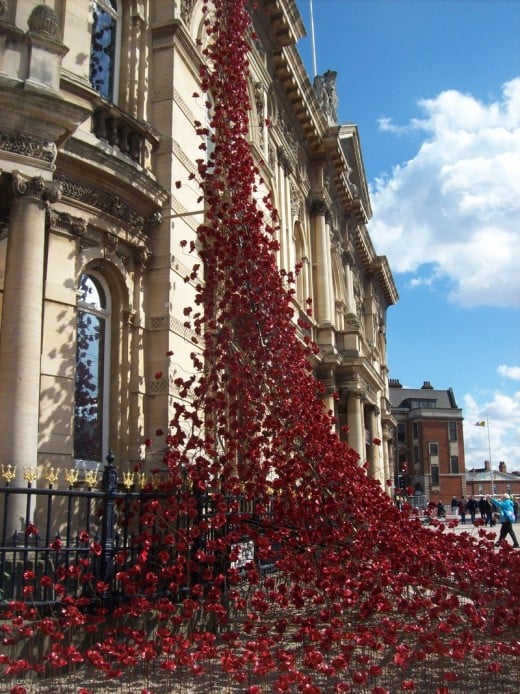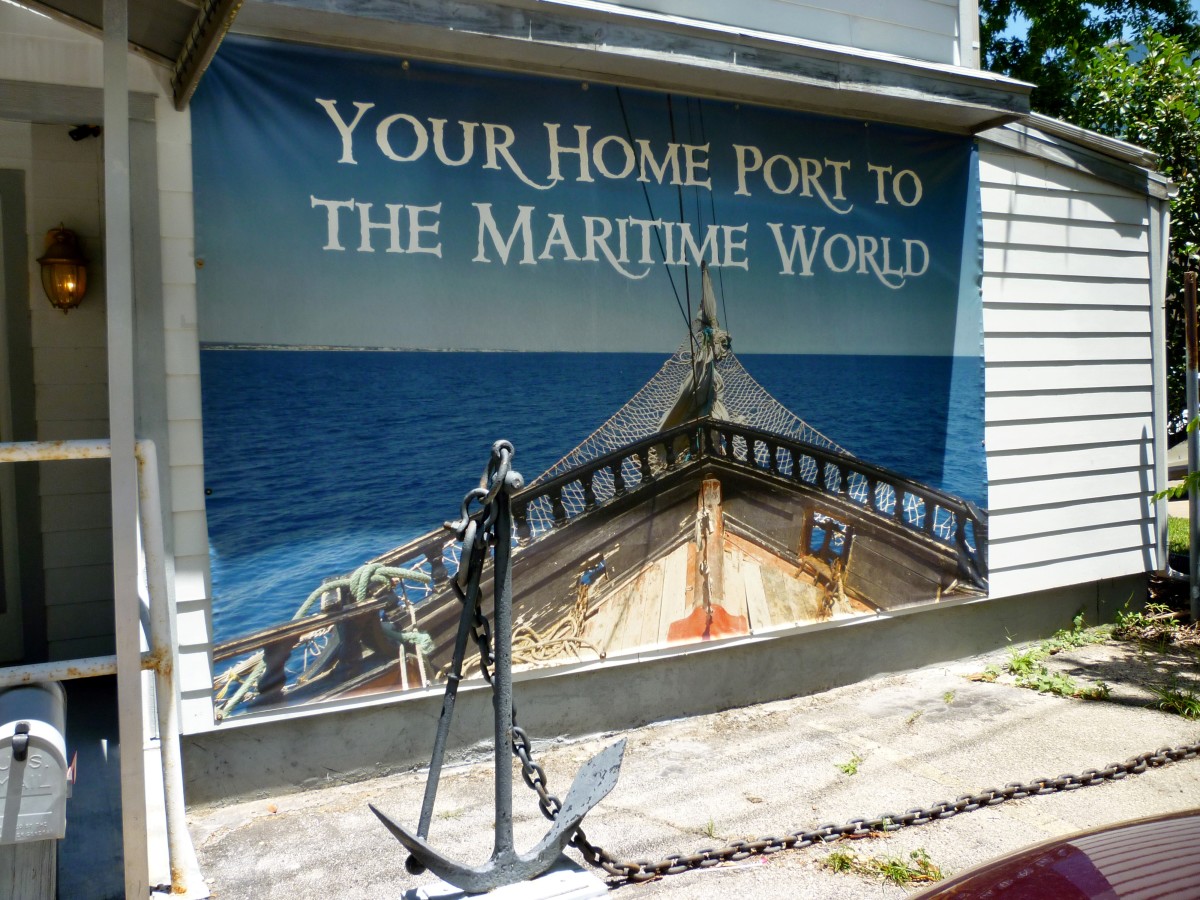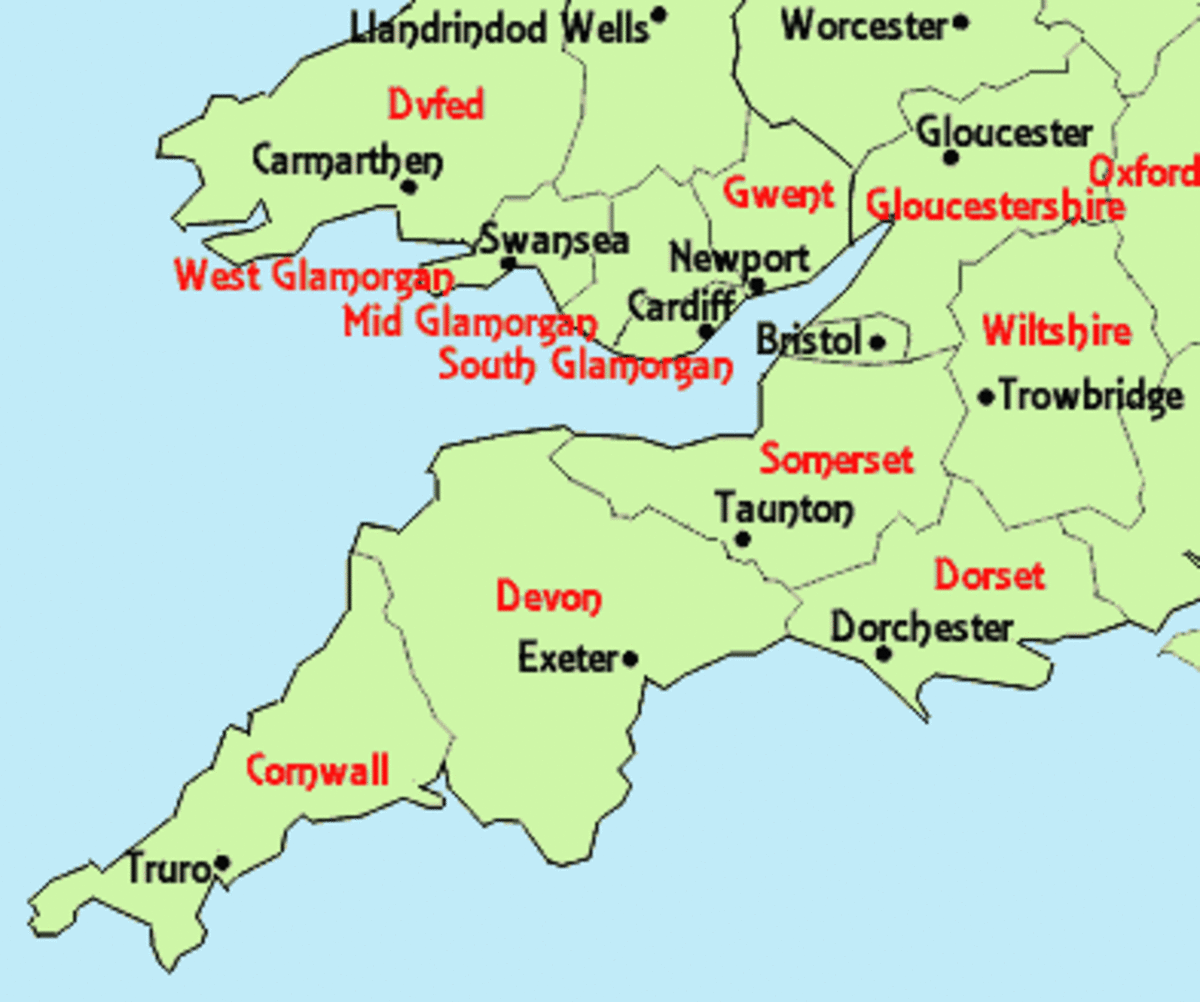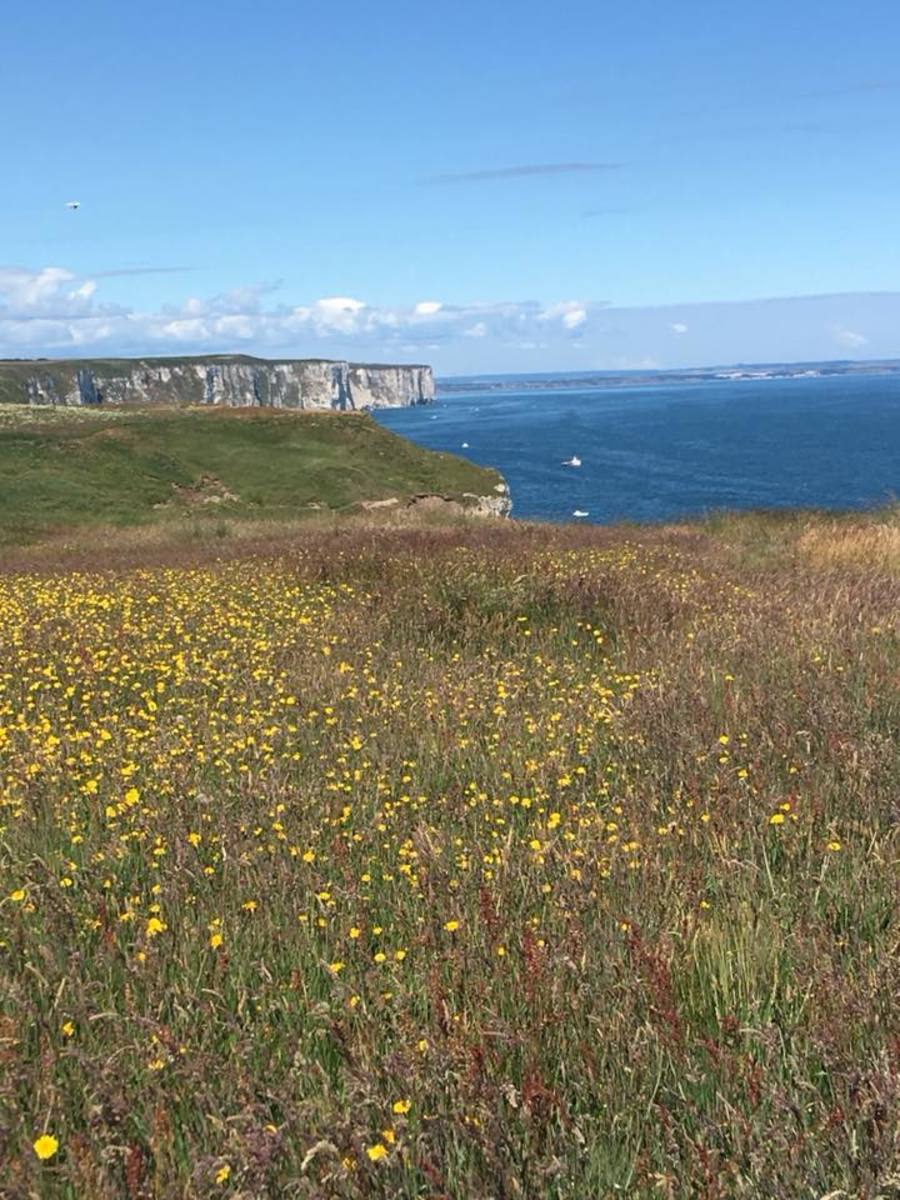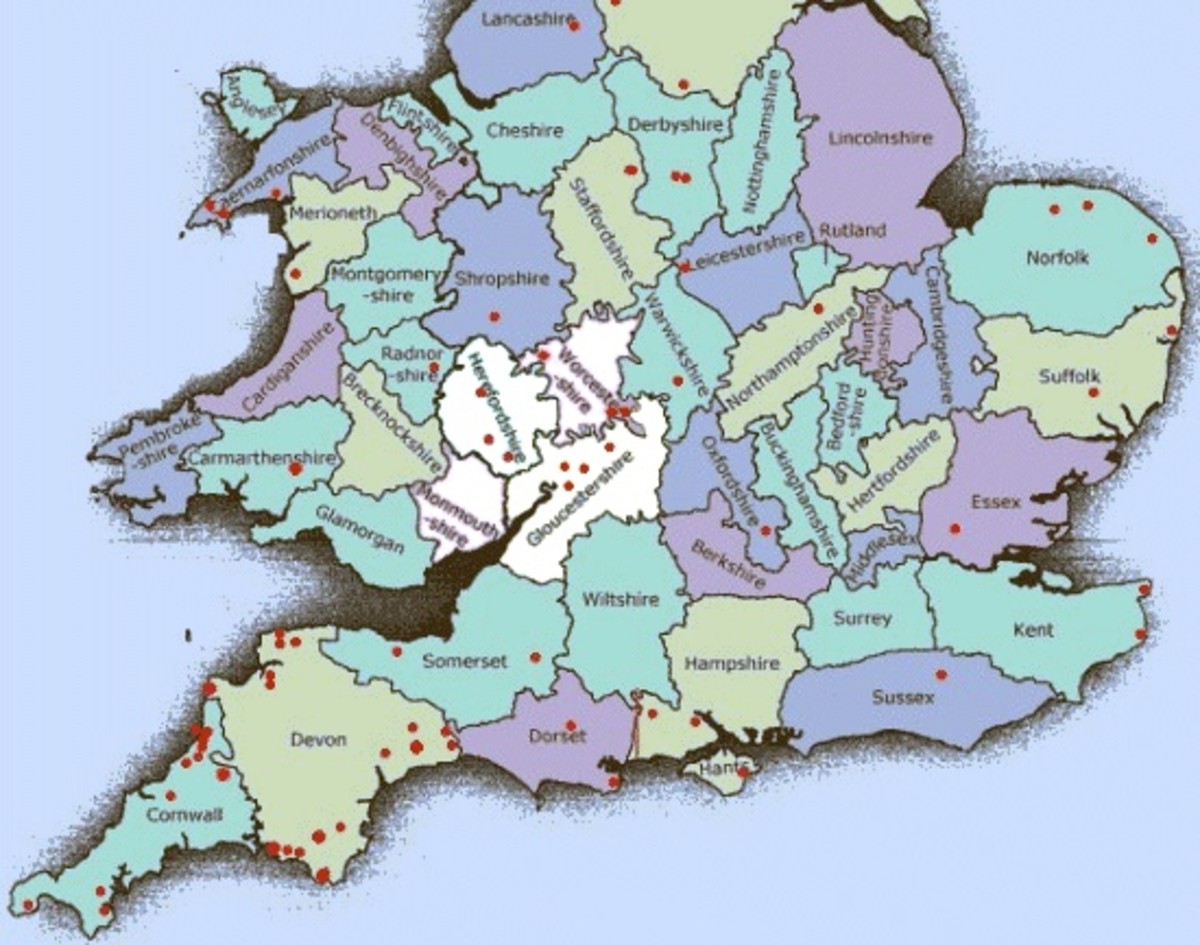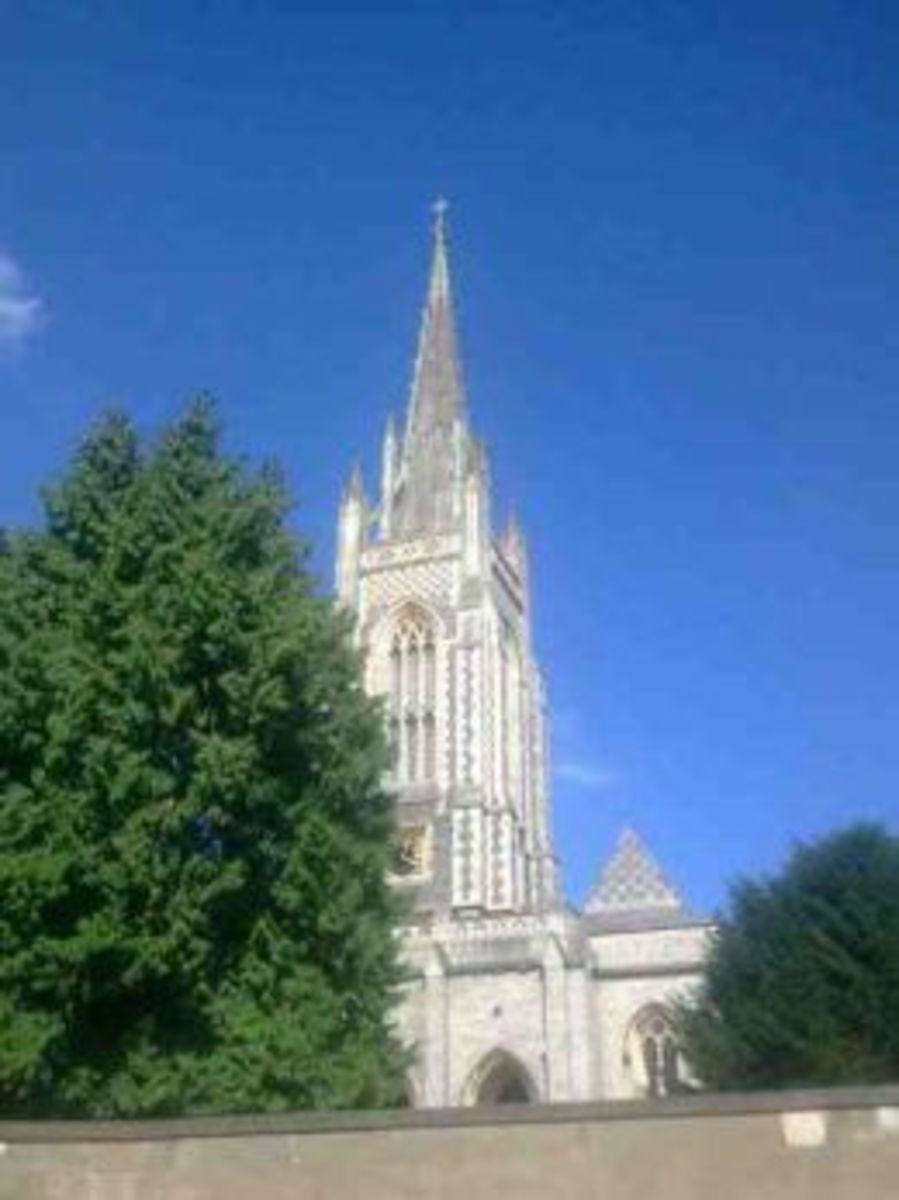- HubPages»
- Travel and Places»
- Visiting Europe»
- United Kingdom
Maritime Museum Kingston-upon-Hull Yorkshire
Town Docks Museum Weeping Window
Click thumbnail to view full-size


The Former Maritime Museum Hull
The free entrance museums and art gallery in Kingston-Upon-Hull are all maintained, run and funded by the local council, with additional funding when received.
Until the early 1970s the Hull Maritime Museum was housed in a relatively small building based at Pickering Park, Hull. This was some distance from the city centre, on the road to the adjoining village of Hessle.
I remember the Pickering Park museum as a child in the 1950s. At that time it looked vast but in reality it was quite compact.
In the small grounds of this museum there were large whale bones, relics of Hull’s bygone fishing days when it was a huge British port.
In the 1960’s Hull was the third largest port in England and as recently as the 1970’s one of the biggest fishing ports in the world, both of which are hard to believe now.
As fishing declined the importance of preserving artifacts from Hull's past was acknowledged and in time this maritime museum was relocated to the former Dock Offices - a building truly fit for purpose.
The Blade City of Culture 2017

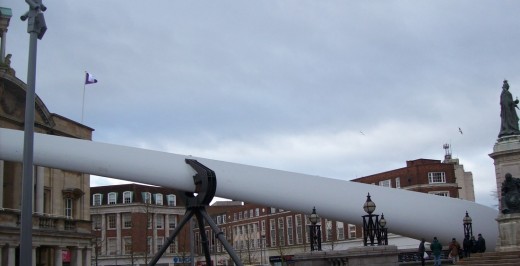
The Town Docks or Maritime Museum Hull
Hull’s maritime museum is located in the pedestrianized area of Victoria Square in the city of Kingston-Upon-Hull, which is situated on the north bank of the River Humber, East Yorkshire, England.
The museum building itself is triangular in shape and the roof at each of its three corners has a dome. All in all it is quite an impressive building from the outside.
This beige coloured stone building along with the other buildings in Victoria Square, was sandblasted a few years ago to remove decades of grime and pollution.
This building was the city’s dock offices when working docks were close by
The former dock at the back of building was filled in creating the Queens Gardens but Princes Dock near the front is still partially visible. A large shopping centre has been built over this dock.
John Atkinson Grimshaw painted Princes Dock in 1887 and it is typical of his style highlighting a very different and atmospheric Hull as locals call this city.
The rear entrance to the maritime museum is usually closed in winter but it was probably the main entrance from the docks when the industry was bustling.
When these doors are open, weather permitting, sit near the flowerbeds and large stone fountain and enjoy an ice-cream or a picnic lunch. Hull sometimes has icy winds which blow off the North Sea in winter so visit in season.
Enter the Museum through what is now the main entrance, via a small stone staircase, into the foyer
In front of you is a central, magnificent marble staircase. Climb this to midway and it splits to the left and a right hand side.
The foyer is high, light, and airy though parts of the museum have subdued lighting.
The small landing before the stairs separate has a busty female figurehead from a vessel giving a taste of things to come during your visit.
Princes Dock by John Atkinson Grimshaw 1887
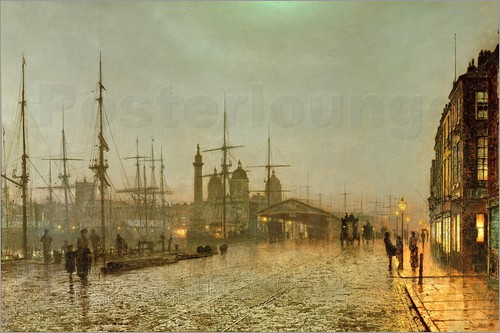
Exploring this Museum
The staircase has intricate, wrought iron railings with a highly polished wooden hand rail.
On the upper level there is a huge room with pillars and a highly polished wooden floor with matching huge doors. This room houses temporary exhibitions which include non-maritime displays and have been on subjects such as archaeology and slavery.
This was the board room when the building was the dock offices.
Coming out of this room the other rooms mainly lead one to another though the last time we visited some were closed due to renovation work in progress.
The main room at the top of the stairs was called the dog room as it contains a ship’s figurehead of a huge black Newfoundland dog.
The rooms contain works of art, maritime instruments, reading matter and many displays of models of ships in glass and mahogany cases.
Many of these cased models were collected from various shipping companies as they fell into financial loss and ultimately folded. The models were of the ships of the company line.
Posters with a sailing theme by Harry Hudson Rodmell, a famous artist of such advertising posters, feature.
There is no longer a cafe in this museum but there are plenty of food outlets nearby in the Princes Quay shopping centre, the Ferens Art Gallery or along the Marina. Even the traditionally built old bank next door is now a Cafe Nero.
On the ground floor, near the stairs there is a small gift shop which usually stock a good selection of postcards, greeting cards posters and small gifts. Pick up free tourist information leaflets in this area.
Moving around the ground floor away from the main entrance some of the rooms are dimly lit. One room houses a huge model of a fishing boat which aims to give the visitor an idea of night at sea for Hull trawler men.
All of these rooms carry a great deal of information about the former fishing industry in Hull.
A Scrimshaw room introduces the visitor to whalebone carved by fisherman at sea. Whaling may not be acceptable in the 21st Century, and rightly so, but it is part of Hull's heritage and the history of the industry is interesting. Some of the scrimshaw is so wonderfully carved and yet quite small that it is difficult to imagine the circumstances surrounding this artwork.
A dark atmospheric room with pictures of various whales and recordings of whale noises has whale bones hanging from the ceiling.
The variety of exhibits includes a stuffed polar bear and a small boat which visitors climb aboard.
There is a lot of reading material in this museum but it is well laid out and easy to follow. As with many modern museums staff are constantly updating some parts of the museum.
Although this is a traditional museum there are activities for adults and children to enjoy whilst they learn.
During weekdays there are often organized school parties visiting the museum and obviously during school holidays the museum is very busy.
Additional
In the basement of the Town Docks Museum there is a huge store of catalogued artifacts and at the very top of the building there are offices which are still used by staff. These are not open to the public but it gives you an idea of the size of the building.
The actual museum is housed over two floors.
Recommendation
The Town Dock's Museum gets a big thumbs up from me.
If you are interested in maritime history this museum will suit you. It is not on the grand scale of Greenwich Maritime Museum but it does have a lot to offer.
For a provincial museum it has a wealth of artifacts.
The sea is such a big part of Britain's heritage that Maritime Museums are important.
Opening Times
Monday - Saturday 10:00 - 16:30
Sunday - 11:00 until 16:00.
Please note final admission is 30 minutes before closing.
Prices
Free entry
Location
Queen Victoria Square, Hull, HU1 3DX
Tel:01482 300306
Getting There
- The train station is nearby and incorporates a new state of the art bus station - this concourse is called the Interchange.
- A large shopping development, St Stephens, opened near the bus/train station in September 2007. It includes cinemas and a hotel.
- There is a huge car park adjoining the Princes Quay shopping centre which is also part of Victoria Square.
- Nearest airports are Humberside, Robin Hood at Doncaster and Leeds Bradford.
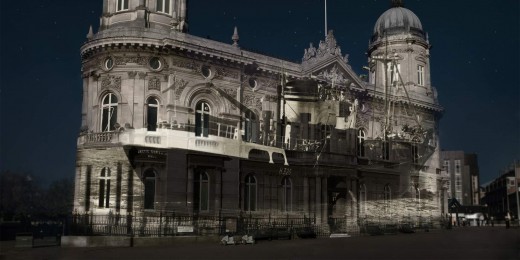
This content is accurate and true to the best of the author’s knowledge and is not meant to substitute for formal and individualized advice from a qualified professional.
© 2018 Ethel Smith



